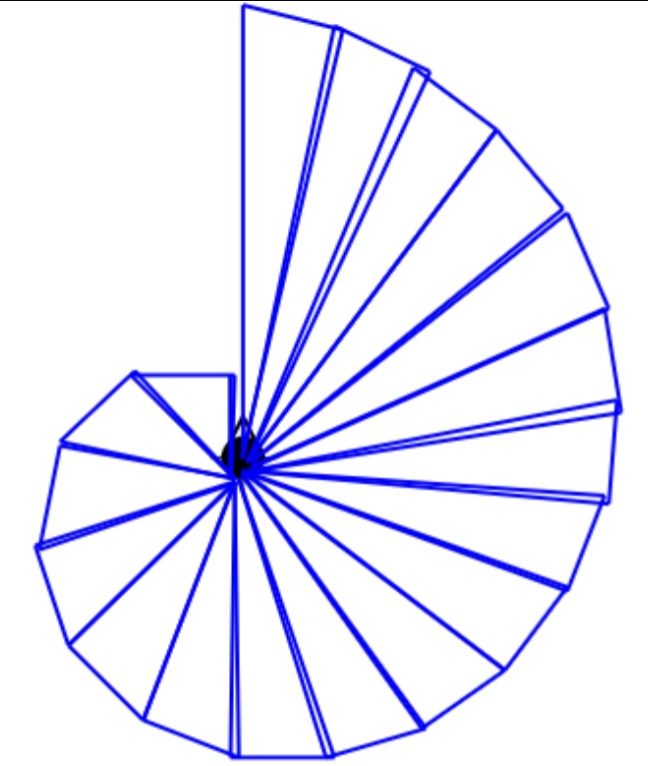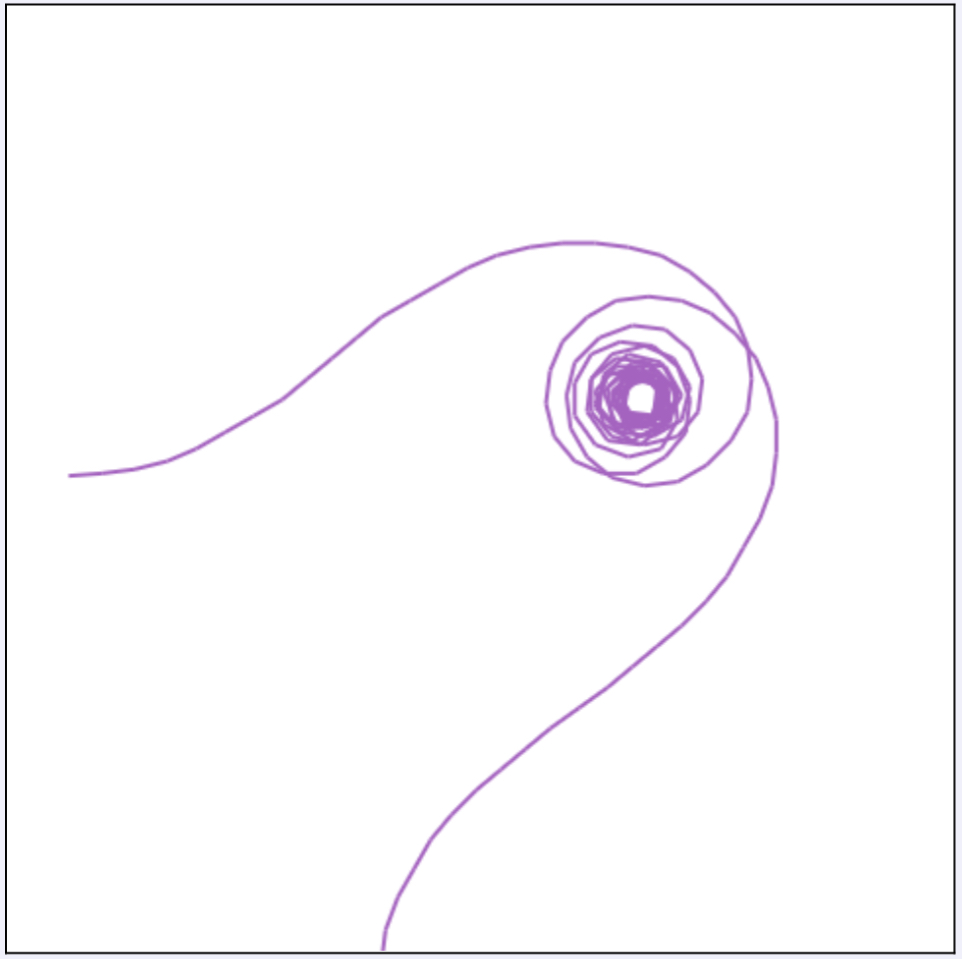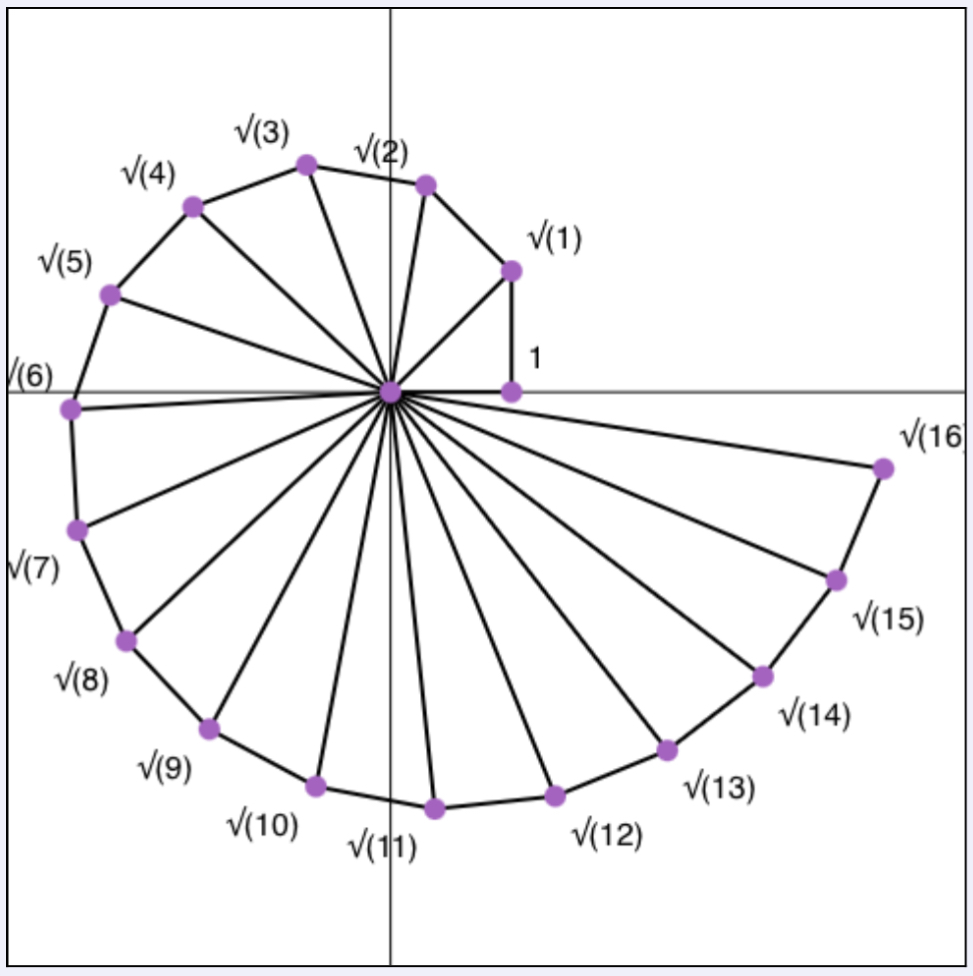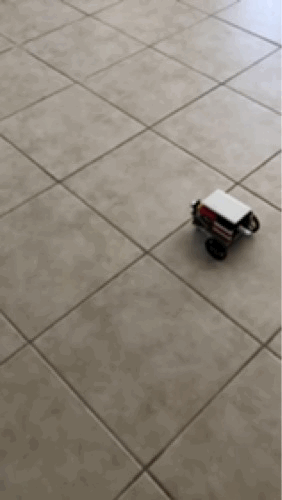|
LOGO (or Turtle Graphics) is an educational programming language designed by Wally Feurzeig, Seymour Papert and Cynthia Solomon in the 1960s. Here we implement the simple LOGO commands using GXWeb.
Simple commands such as FD (forward), BK (back), LT (left), RT (right), PU (pen up), PD (pen down) and REPEAT are used to drive a "turtle" around the screen and to trace the path it follows. Variables num and angl may serve to create more interesting patterns.
In addition to the GXWeb LOGO interface of this page, the general Mathematical ToolKit (featured in many of the GXWeb explorations found here) has been expanded to offer Turtle Graphics. If using the MathToolKit to enter a series of commands, separate these with a colon (:) rather than the space you would normally use: for example, turtle(repeat:6:fd(5):lt(60)). Simpler still, just enter turtle (or logo) in the MathBox and you will be prompted for commands.
Some shortcuts have also been defined. For example, to draw a polygon, just enter POLY and enter the values as prompted (or, for a pentagon, for example, enter POLY(5,5,72) - or even PENT(5)!). Other commands include SQUARE, TRI, HEX... and even FLOWER and SPI or THEO (for the Spiral of Theodorus). (see below!)
You might even explore the wonderful Dragon Curve, arising from simple folding of paper!
If you are a bit patient, try the LOGO Fern or go all out with the LOGO Tree! These two recursive scripts were drawn from the free online LOGO Interpreter.
And imagine designing, building and even remotely controlling your own robot! It is actually easier than you might think! Alternatively, grab a TI Innovator Robot already made and follow the directions to hack the hub! Then use your LOGO commands to drive your robot.
Try a few commands to create different constructions.
For example, what might you add to FD(5) LT(45) FD(5) LT(135) FD(5) to complete the parallelogram?
(Tap for result)
To turn a parallelogram into a star?
Or take a spiral and turn it into something weird?
Try a few LOGO commands yourself. Then try the examples and challenges below: study the code for each to learn how you can create your own beautiful and interesting patterns.
| 









